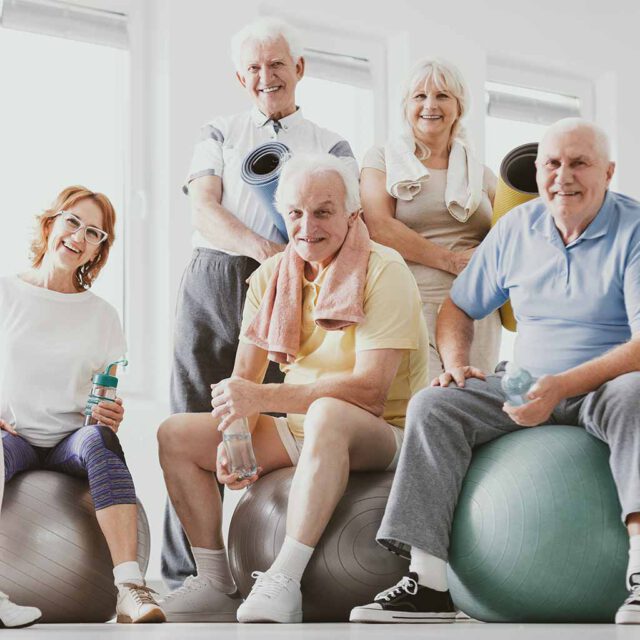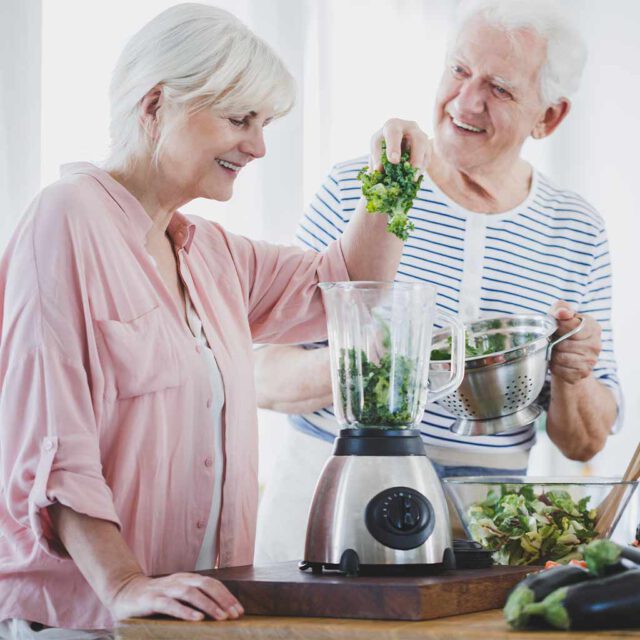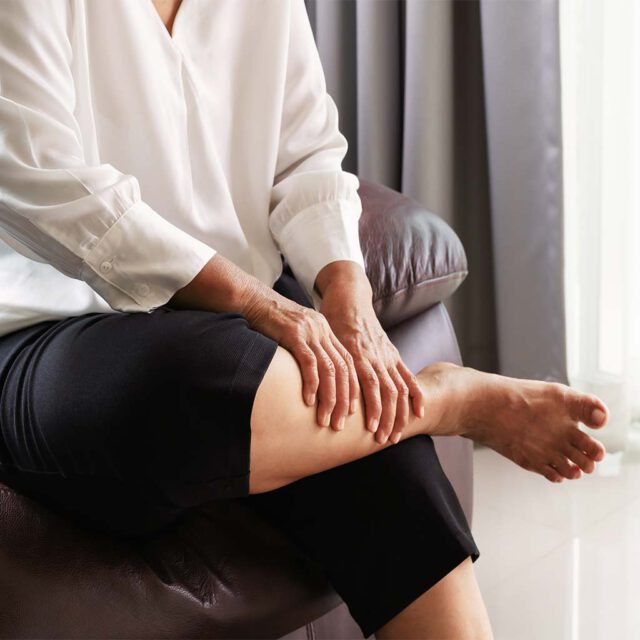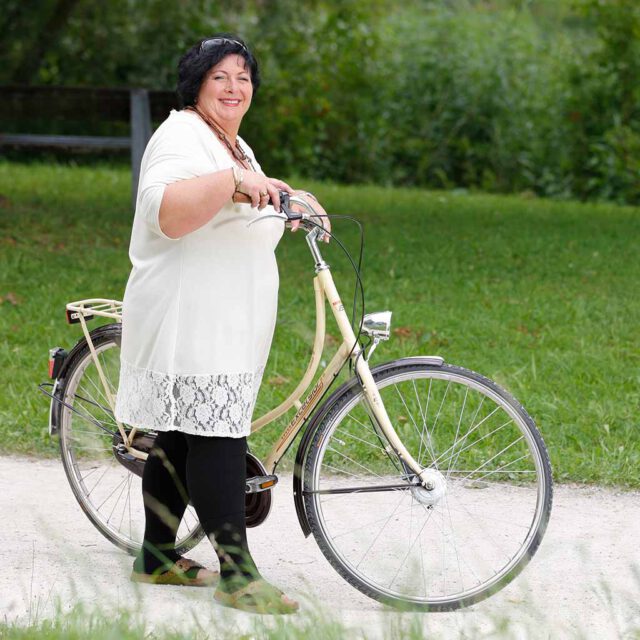Self management and mindfulness
Concept for holistic treatment
The last pillar of the treatment concept is based on measures taken independently and on the patient’s own initiative within the maintenance phase as well as preventively for relapse prophylaxis in order to support the treatment (self-management).
Note
Self-treatment by the patient is a complementary measure to the treatment components defined in the medical guideline on compression therapy. It does not replace compression stockings or wound management. All measures should be taken hand-in-hand to alleviate discomfort, improve the quality of life of those affected, avoid complications and enable long-term therapeutic success.
Recommendations for successful therapy

1. Exercise
In addition to compression pressure, regular exercise is crucial for the success of the therapy. Depending on the mobility of the patient, sports that are easy on the joints (e.g. hiking, cycling, as well as swimming (after wound closure), daily walks or movement exercises (e.g. physiotherapy) – during which the medical compression stockings continue to be worn – can help. In addition, movement exercises that can be performed in a sitting position are suitable. This also reduces risk factors such as excess weight or immobility.

2. Nutrition
A balanced diet not only supports the general well-being of those affected, but can additionally help to strengthen the venous system. Foods rich in zinc, vitamin C and bioflavonoids are suitable for stabilizing the vascular walls and venous valves. These include berries and citrus fruits, leeks and green vegetables. For improved perfusion, it is also important to ensure adequate fluid intake.

3. Cold instead of heat
Patients with venous leg ulcers should avoid, vasodilating heat effects, such as those that can occur with sun exposure or warm baths. Instead, the regular use of alternating showers or Kneipp cures is recommended, which can help to strengthen the vascular walls.

4. Mindfulness for the legs
In everyday life, practicing simple behaviors can support the healing of a venous leg ulcer and prevent relapses. It is important to elevate the affected leg at regular intervals to promote blood flow towards the heart. When sitting, it is advisable not to cross the legs. Instead, both feet should be placed flat on the floor or, even better, moved: By tensing the calf muscles and simultaneously circling the feet, the calf muscle pump is activated while lying down or sitting. It is recommended to repeat this for a few minutes every hour. Avoid wearing high heels, tight shoes, or constricting clothing. Especially during travel, ensure proper compression and sufficient legroom, and take regular breaks for movement.

5. Inspection and documentation of the condition of the legs
During wound care, documentation and assessment of the healing process should be conducted for a venous leg ulcer, allowing the treating therapists, if necessary, to initiate measures to improve wound healing. Even during the maintenance phase, after complete wound healing, conditions of legs and skin should be inspected daily before or during the change of compression therapy (possibly also by caregivers/family members). Immediate consultation with the treating therapists is crucial in case of new signs of inflammation, pain, congestion, or general deterioration of the condition to prevent a relapse, enabling timely initiation of measures to improve the situation or preventive wound treatments.

6. Daily compression
Accompanying skin care
COMPRESSANA Skin Care
To protect the skin tissue during compression therapy and to maintain an elastic and resistant skin appearance even after complete wound healing, comprehensive and regular skin care is essential, especially for patients with healed venous leg ulcers. This is because the skin tissue in the area of the lower extremities (calf/shinbone) is less resistant due to a lack of keratinization and thin intercellular lipid layers. As a result, it is more prone to symptoms such as itching or scaling. Therefore, regular inspection as well as care of the damaged skin areas are important. With COMPRESSANA SKIN CARE products, stressed skin tissue can be cared for after the wound has completely healed. Daily application of repair creams and moisturizing lotions can provide lasting support for the stabilization of the affected skin areas.